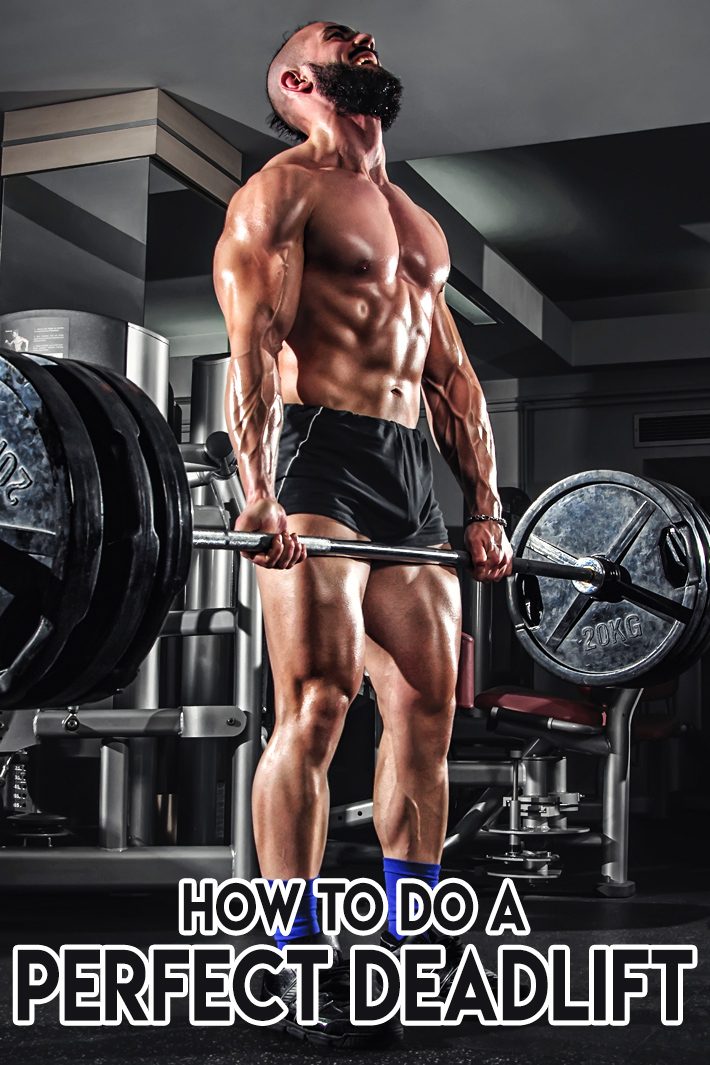
The deadlift can be performed with a bar and plates or fixed barbell. This description uses the barbell with plates. Several advanced variations are possible with alternative leg and grip positions.
As for all exercises, don’t lift too heavy to begin with and stop if pain is felt, particularly in the lower back. Remember to breathe; don’t hold the breath at any point.
Muscles worked: quadriceps (front thighs), hamstrings (back of thigh), gluteals (butt), lower back, core muscles, and some arm and shoulder muscles. The deadlift is a full-body exercise and all-rounder, building strength, power and muscle in one compound exercise.
Body Position

- Select a barbell of light weight to begin with.
- Position the feet shoulder width apart, or not much more, with toes under the bar. The feet point straight ahead or they can angle out slightly. Heels should stay flat on the surface. When you lift, the bar should travel close to the shins and may even lightly graze them.
- The hands should be positioned with the ‘mixed grip’ for heavier weights but an overhand grip is okay for light weights. The mixed grip has one hand grasping the bar with the palm under the bar (supinated) and the other hand with the palm over the bar (pronated). The standard overhand grip has both hands with palm down. If you can see the backs of both hands, that’s the overhand grip.
- The grip can be wider or narrower on the bar. A common starting position is a grip perpendicular from the point of the shoulder with arms straight down. A slightly wider grip may suit some people and a wide-grip deadlift is a valid variation. The standard grip utilizes the quadriceps (rather than hip and back with the wide grip), and is more suitable for heavier lifts.
- The head (and eyes) should reflect a neutral spine position neither crooked noticeably up nor down, although a very slight upward tilt is not uncommon or unsafe when putting the effort in.
Movement
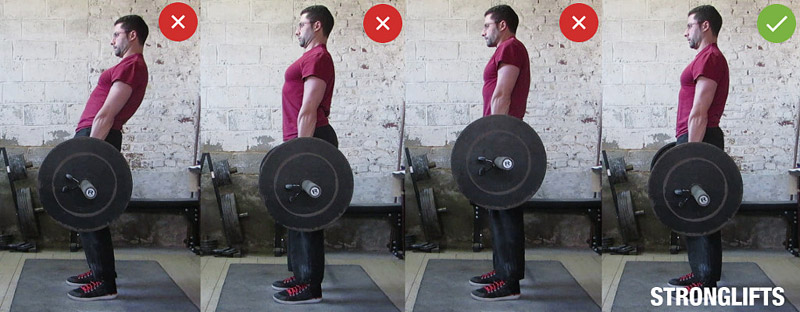
- Stabilize the abdominal muscles by bracing them. With feet flat at the bar, squat down, bending at the knees, back straight (important) and grasp the bar with overhand or mixed grip. Note that the form should emphasize back straight or arched in slightly and not rounded at the shoulders or spine.
- Grasp the bar just outside the line of the knees. (With the Sumo deadlift variant the feet are wide apart but the arms still fall vertically, only now inside the knees.)
- Lift the bar by pushing upward with the legs from the knees. Be careful not to raise the hips first so that the trunk moves forward and the back becomes rounded.
- Don’t try to haul the bar up with the arms. The arms stay extended under tension while gripping the bar as the legs push up. Think of the legs and shoulders moving upward in unison with the hips the balancing point.
- The bar should almost graze the shins and come to rest around thigh level as you reach full height. Pull the shoulders back as much as possible without bending backward.
- Lower the bar to the floor with a reverse motion ensuring a straight back once again. With a light weight you can do repetitions in which you lower the bar to shin or even floor and then straighten again without releasing your grip on the bar. Better to practice a full lift and lower to the floor and then start again from standing position.
Check Points
- When starting out, practice with a light weight until form is satisfactory. A personal trainer or gym trainer can check you for correct form. Practice in a mirror if necessary.
- Brace the abdominal muscles. Breathe out on exertion. Don’t hold the breath. Use weightlifting gloves/wrist supports if you need to.
- Use the mixed overhand-underhand grip for heavier weights. This grip provides some reassurance that heavier weights will not slip from the hands. (Not shown here.)
- Keep the back straight with no rounding at the shoulders and spine. Keep those hips down, butt out.
- The bar should travel close to the body for maximum lift efficiency and safety.
- The key to the lifting process for beginners is to lift with the legs and not the arms and shoulders, although their stabilizing role is no less important.
The deadlift is too often ignored in general fitness weight training, although it is a specialty of the powerlifters. For men and women wanting to build good looking legs and backside, the deadlift joins the squat as a premier exercise and can go some way toward replacing the squat for those who find balancing heavy weights on inflexible shoulders not to their liking.
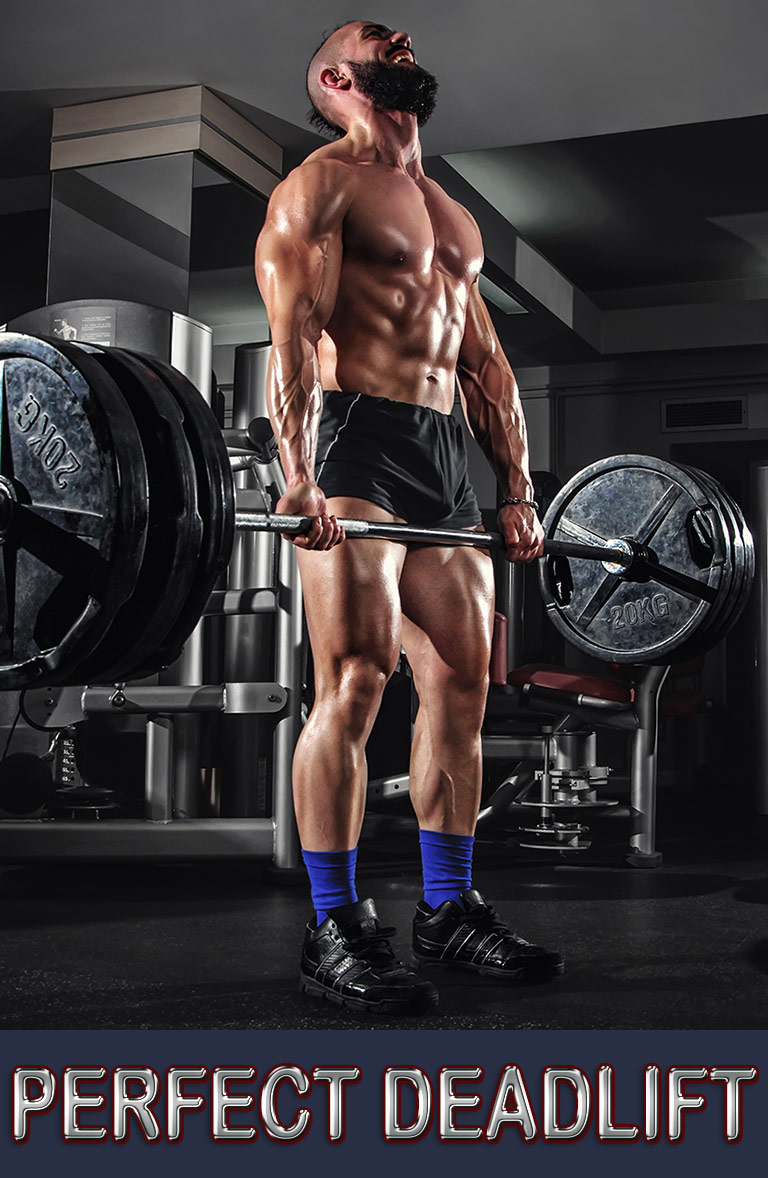

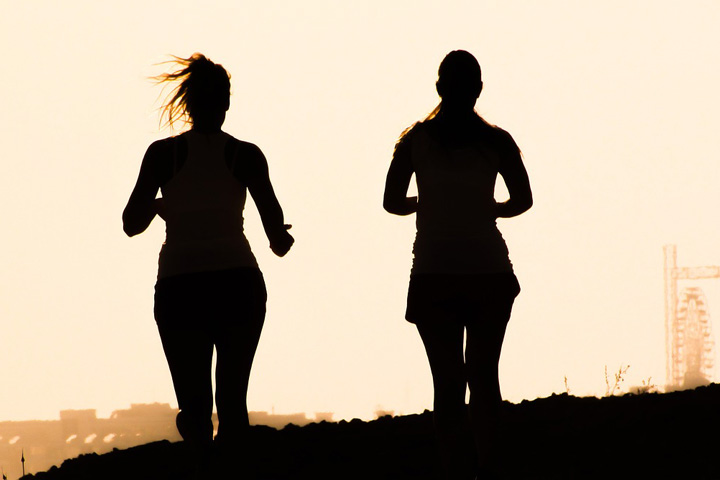
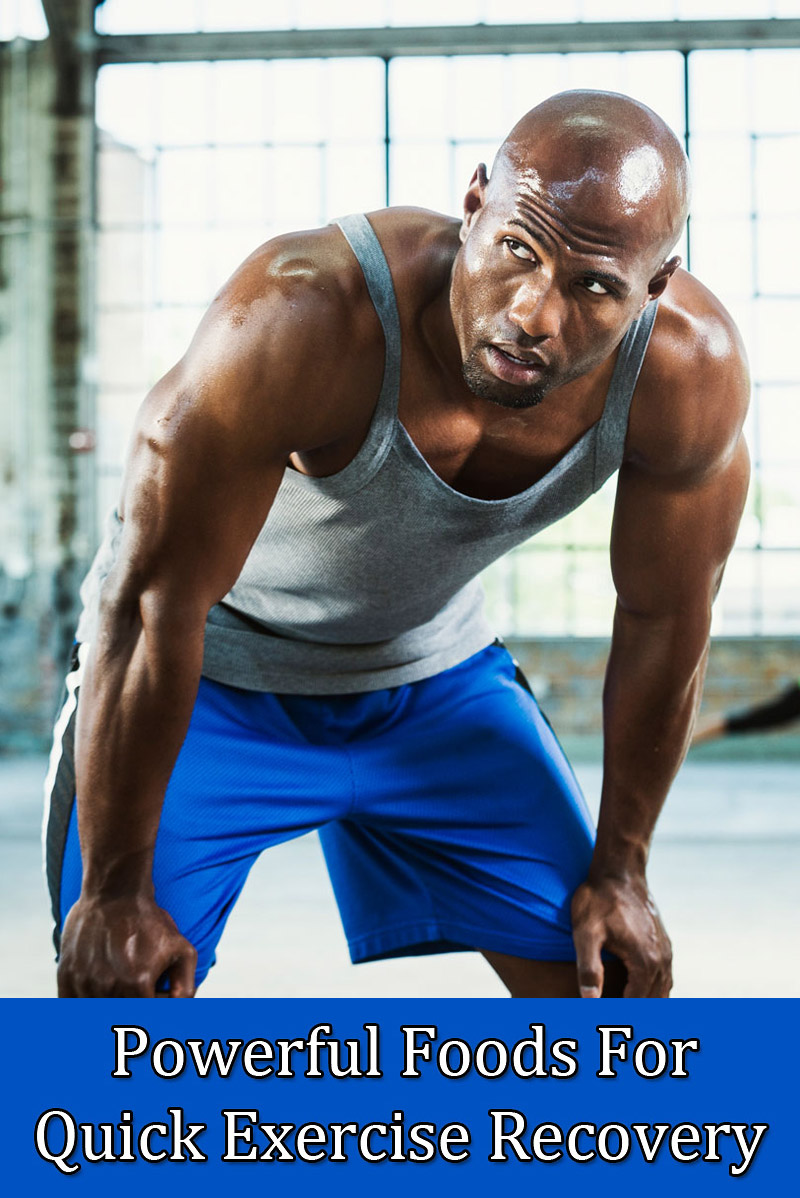

Leave a Reply